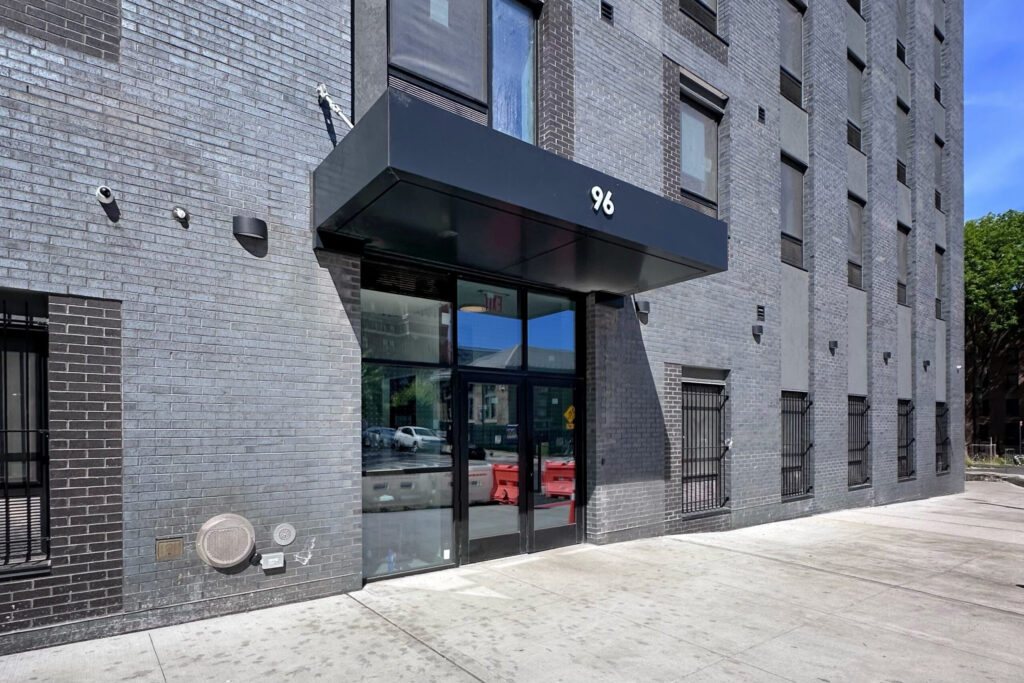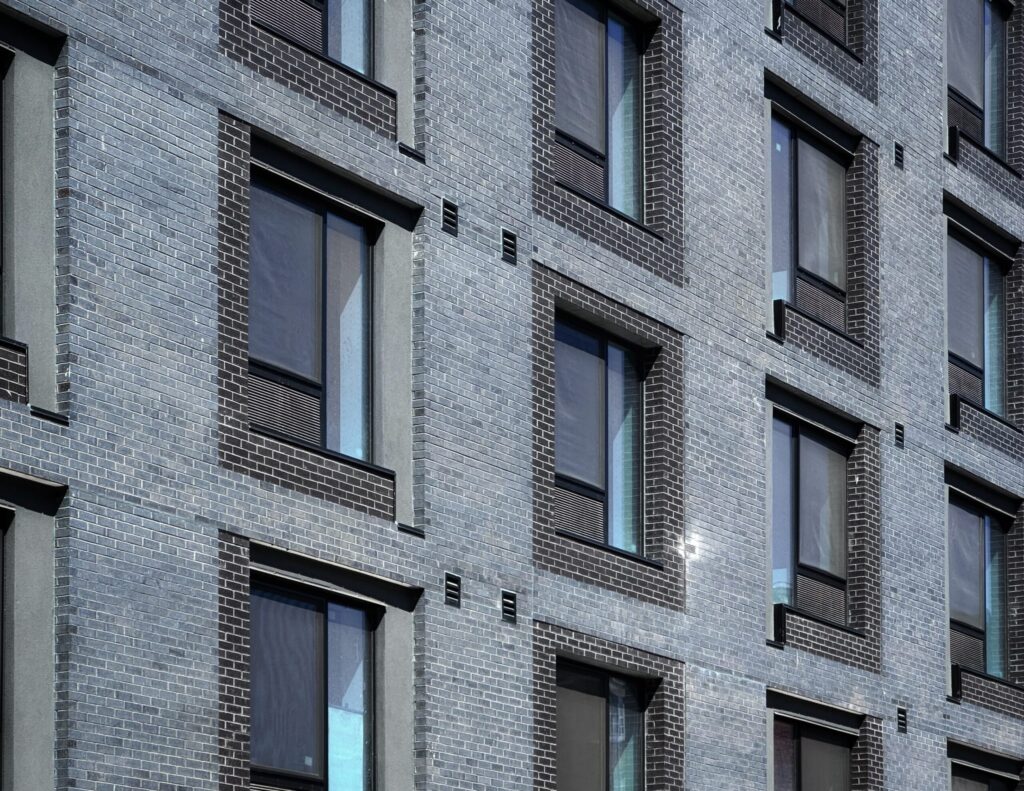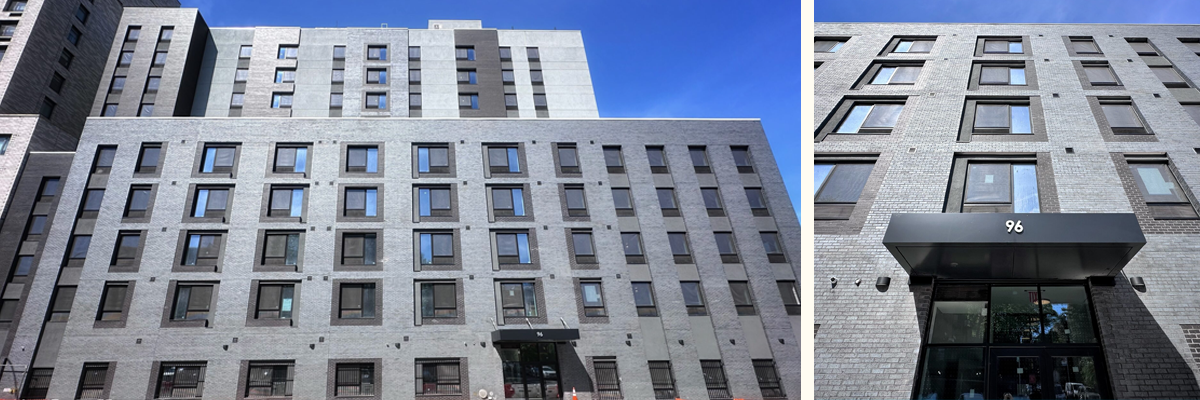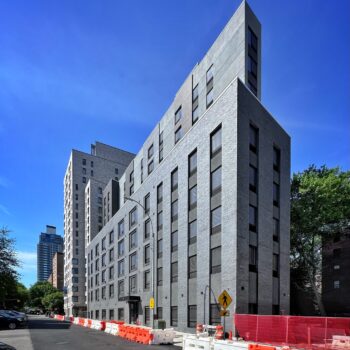A High-Performance Solution for Supportive Housing
In the shadow of the Brooklyn Navy Yard and just steps from Fort Greene Park, a new kind of building now stands at 96 Saint Edwards Street. It quietly represents the future of affordable housing.
Designed by Aufgang Architects and developed through a public-private collaboration between Slate Property Group and Westhab Inc., this 11-story residence brings 105 supportive housing units to a dense urban lot. It serves some of New York’s most vulnerable residents: the formerly homeless, survivors of domestic violence, and individuals living with disabilities.
The challenge wasn’t just how to house people. It was how to do so with dignity, within budget, and in alignment with New York City’s increasingly ambitious environmental regulations.
“As architects, our job is to solve problems,” says Steven Vlaovich, RA, AIA, Associate Principal at Aufgang. “This project asked us to solve many at once: space constraints, energy performance, cost control, and the critical need for resilience in the lives of the people who would live here.”
The Mechanical Puzzle
From the beginning, the team understood the building had to meet more than just the minimum standards. Enterprise Green Communities criteria were applied — a sustainability framework often required in publicly funded housing. To support these efforts, the project brought on Bright Power, an energy consulting and performance modeling specialist, to run simulations, inform system choices, and guide compliance.
A major hurdle came in the form of mechanical system design. Like many of Aufgang’s affordable housing projects in the city, 96 Saint Edwards needed to operate without fossil fuels. This supported New York’s carbon-reduction goals and kept the project ahead of the city’s aggressive Local Law 97 benchmarks.
Traditional centralized HVAC systems brought complexity and cost variability. The solution had to be simple, predictable, and scalable across the building’s compact 297-square-foot units.

A Practical Answer: Ice Air’s PTHPs
That solution came with Ice Air’s RSXC Packaged Terminal Heat Pumps (PTHPs) — all-electric, high-efficiency units installed beneath each unit’s window.
“PTHPs gave us everything we needed,” Vlaovich explains. “Localized comfort control, predictable cost modeling, and a low-profile footprint that didn’t intrude on the architectural integrity of the building.”
Unlike ducted systems, which require extensive coordination and introduce variability to pricing and layout, Ice Air’s PTHPs offered a consistent, repeatable installation strategy. Aufgang had already seen success with the product on other affordable housing developments. The integration at 96 Saint Edwards reinforced its value. It met energy models, satisfied client needs, and worked cleanly within the design.
Ready for Residents
The building earned its Temporary Certificate of Occupancy in early 2025. Final touches, including a small outdoor recreation area, are still underway. But the core systems are operational, tested, and ready. The HVAC system, in particular, has drawn praise for its efficiency, simplicity, and alignment with long-term operational goals.
“When you’re designing for people who’ve had instability in their lives, you need systems that are stable,” Vlaovich adds. “This solution delivers performance without drawing attention to itself — exactly what supportive housing should do. It checks all the boxes.”
As housing policy and environmental regulation continue to evolve in New York, 96 Saint Edwards serves as a compelling model. It blends mission-driven design with technical discipline. It’s a quiet achievement, but one that will speak volumes to the people who call it home.


